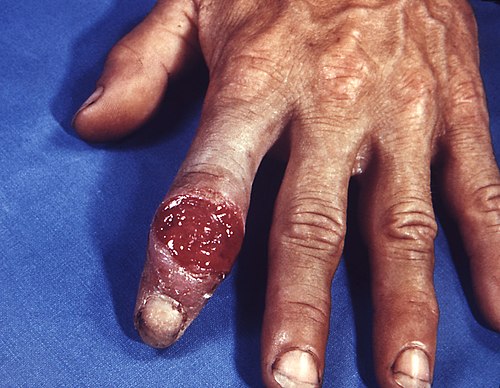
From 2006 to 2010, the number of reported syphilis cases in the USA rose 36%. Among young, African-American males the rate rose by 135%, according to a report issued by the Centers for Disease Control and Prevention (CDC).
The authors explained that sexually transmitted diseases (STDs) are hidden epidemics of huge health and economic consequences in the USA. STDs are called hidden epidemics because a considerable number of infected people are unwilling to come forward openly, and also because of the social and biologic characteristics of these types of diseases.
The authors wrote:
"All Americans have an interest in STD prevention because all communities are impacted by STDs and all individuals directly or indirectly pay for the costs of these diseases."
The CDC believes that sexually active males with male partners should be screened for STDs once every three months, rather than yearly.
Gonorrhea - reported cases of gonorrhea fell 16% over the four-year period, down to their lowest levels ever. However, over the last year they have risen slightly. In 2010 there were over 300,000 reported cases. According to some CDC surveillance systems, gonorrhea is becoming resistant to the only medication available for this disease.Chlamydia - the number of reported cases rose 24%, due to an increase in screenings. There were approximately 1.3 million cases reported in 2010. The majority of people in America with Chlamydia are undiagnosed - they don't know they have it. The CDC recommends that all sexually active young women be screened annually; less than half of them do so.
Syphilis - after a long period of increased rates, the incidence of syphilis dropped 1.6 since 2009. The rate among young, African-American males rose 134% from 2006 to 2010. The rate among African-American MSM (men who have sex with men) rose considerably, the reported added.
Nineteen million new cases of STDs are diagnosed annually in the USA. STDs cost the health-care system $17 billion a year.
Of those in high risk groups, only half are being tested, the authors wrote. A significant number of infected individuals are unaware, because they have no symptoms.
No comments:
Post a Comment